After some persistence, the PTO revealed the substance of the new continuation rules to Dow Jones reporter Stuart Weinberg:
Applicants will have the right to file two so-called continuations and one request for continued examination. Applicants seeking additional continuations will need to explain why the request is necessary. Current practice allows applicants to file an unlimited number of continuations. . . . [The PTO also] plans to limit the number of claims an applicant may include in an initial application to 25. Applicants that include more than 25 claims will be required to include a prior-art search, a detailed report that explains how their invention differs from what’s already in the public domain. The new rules, which will be published on the PTO’s Web site Tuesday [August 21], are scheduled to go into effect Nov. 1.
…The number of continuation requests has been rising in recent years. In 2006, almost 30% of applications were devoted to continuation requests, up from 27% in 2005 and 25% in 2004, Peterlin said. . . . Peterlin alluded to misuse of continuations when discussing the pending rule changes. “What we have found is, sometimes, people engage in a little
post-filing research,” she said, adding that, while this may make good business sense, it doesn’t make for an effective patent system.
Although we have not seen the final rules, it appears that applicants will not be losing rights at the time the final rules are published. Rather, the new rules will become effective on November 1, 2007. Do expect the rules to be retroactive in that they will apply to pending applications.

 FemSpec (FemSuite) v. Dudas (N.D.Ca. 2007)
FemSpec (FemSuite) v. Dudas (N.D.Ca. 2007)  Michilin Prosperity v. Dudas (
Michilin Prosperity v. Dudas (
 Boston Scientific SciMed v. Medtronic Vascular (Fed. Cir. 2007).
Boston Scientific SciMed v. Medtronic Vascular (Fed. Cir. 2007). 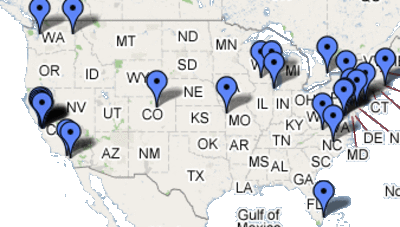
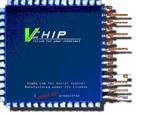
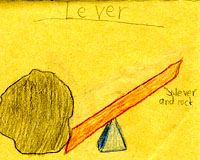 Upward Force: SafeTCare’s patent requires a plurality of motors exerting a pushing or upward force on the bed. Tele-Made’s motors are essentially attached to one end of a lever, and by pulling down, cause an upward force on the other end of the lever. However, because SafeTCare’s specification implied a direct link between the motor and the bed, the levered approach was non-infringing. Prosecution history estoppel blocks DOE coverage.
Upward Force: SafeTCare’s patent requires a plurality of motors exerting a pushing or upward force on the bed. Tele-Made’s motors are essentially attached to one end of a lever, and by pulling down, cause an upward force on the other end of the lever. However, because SafeTCare’s specification implied a direct link between the motor and the bed, the levered approach was non-infringing. Prosecution history estoppel blocks DOE coverage. 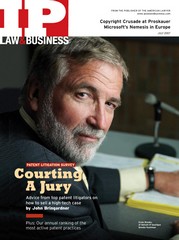
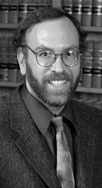 In the most recent
In the most recent  In re Icon Health and Fitness (
In re Icon Health and Fitness (